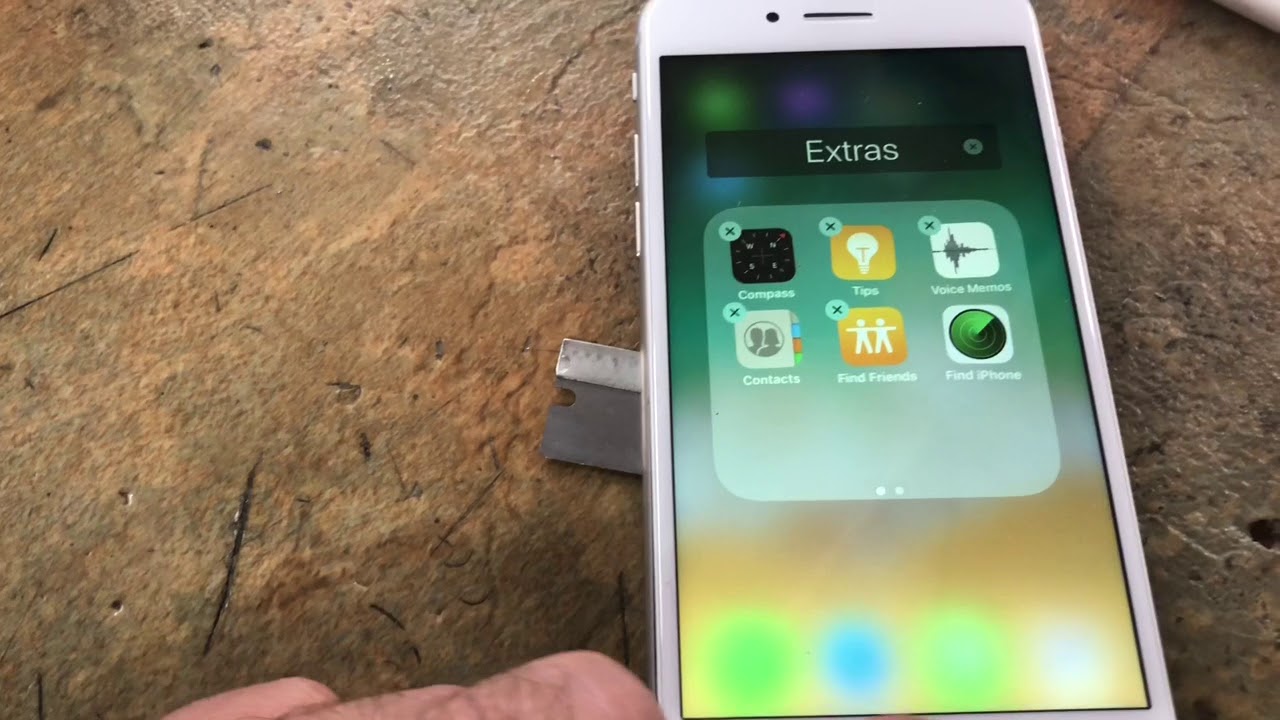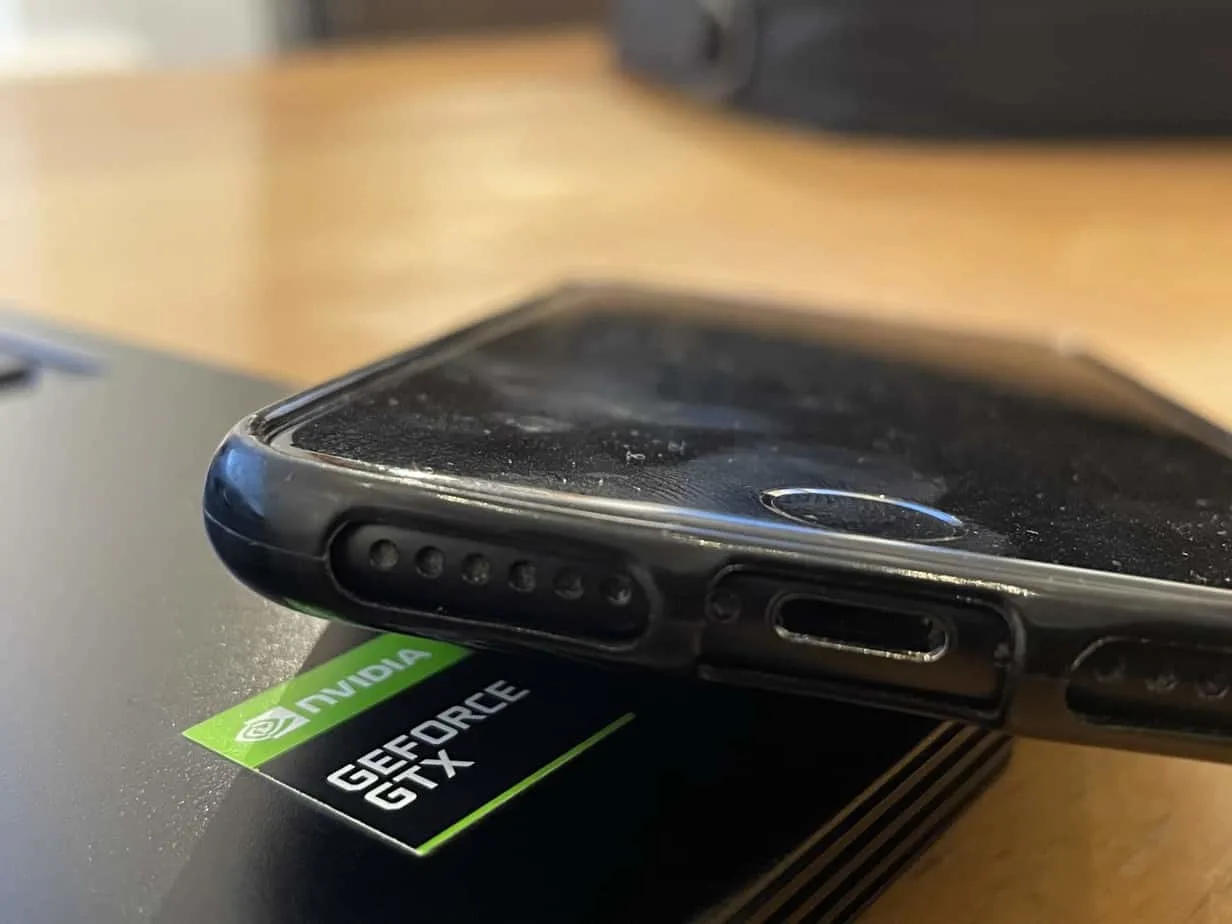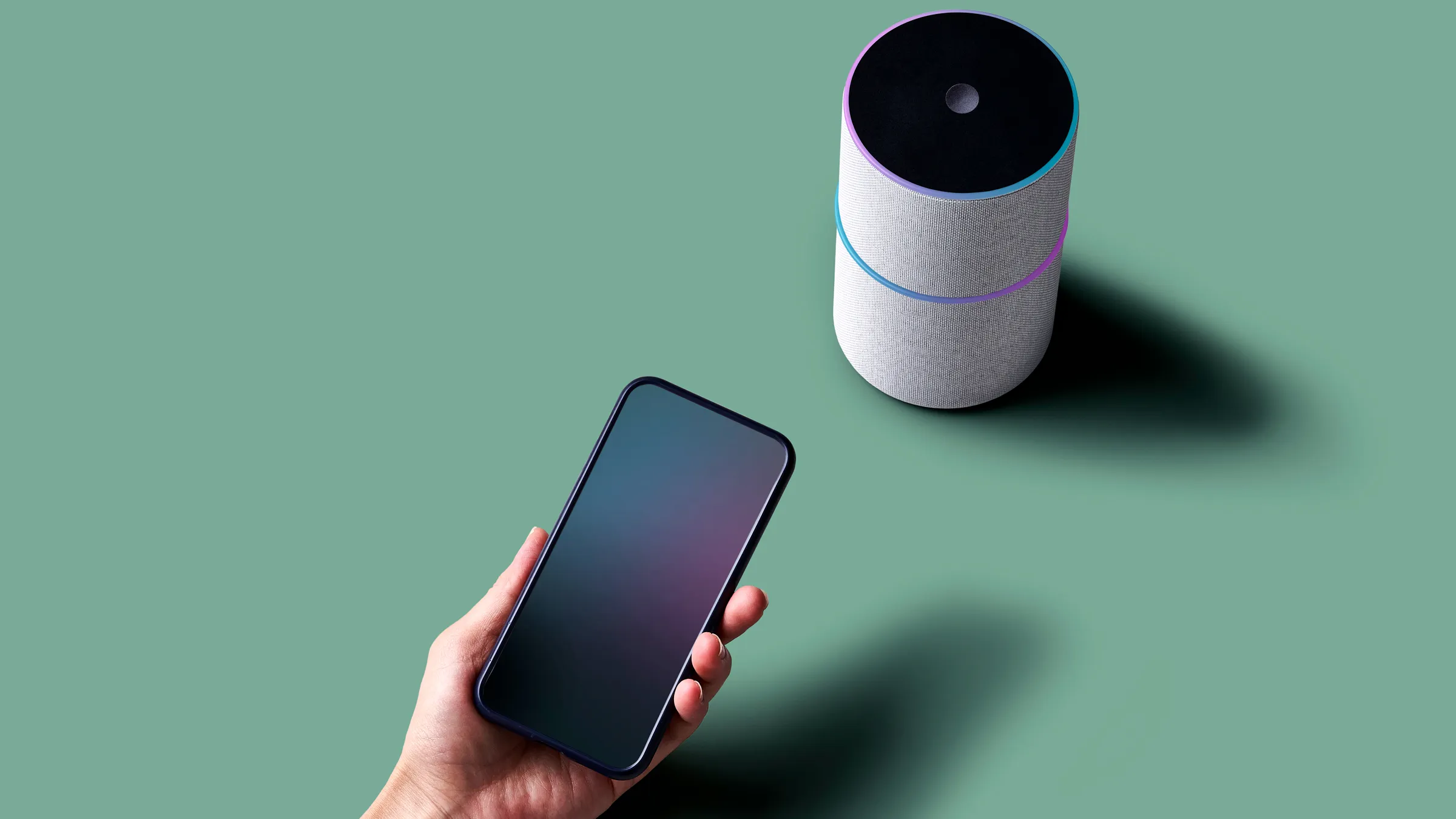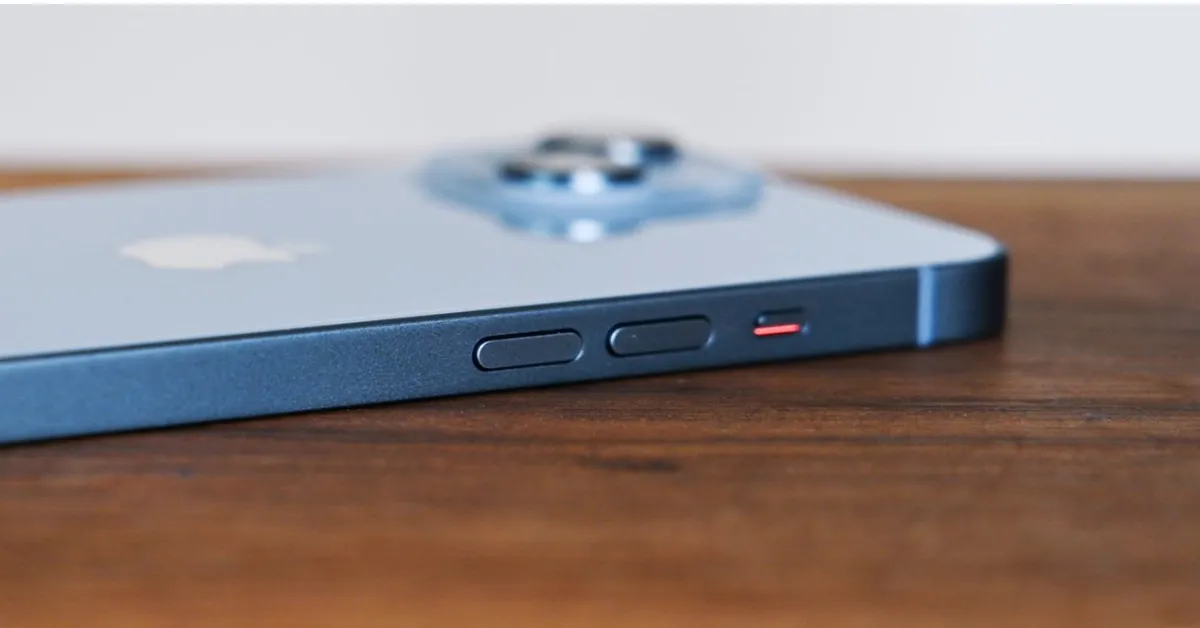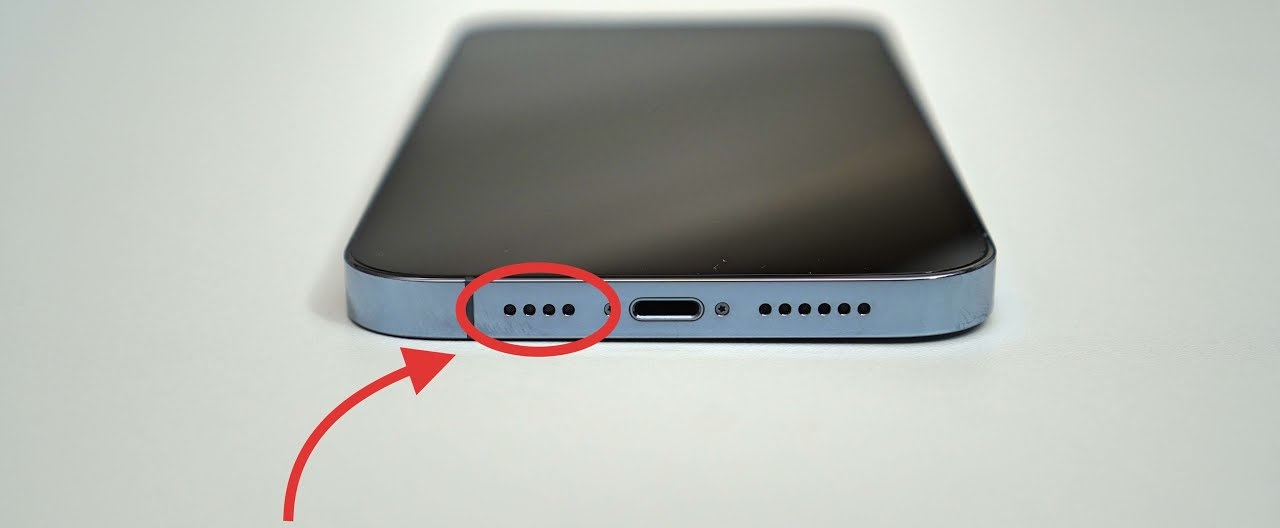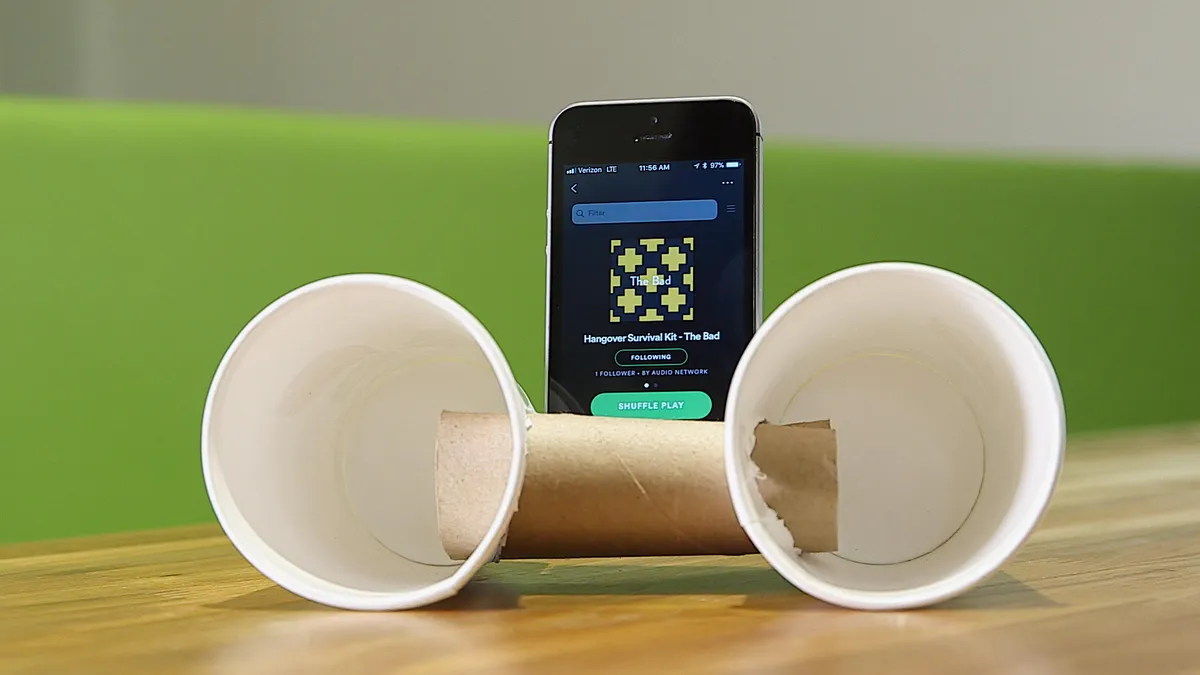Introduction
When it comes to assessing the sound quality of an iPhone speaker, various methods are employed to gauge its performance across different parameters. The speaker's ability to reproduce sound faithfully, without distortion, and with a wide frequency response is crucial for an immersive audio experience. In this article, we will explore the methods used to evaluate the sound quality of iPhone speakers, shedding light on the intricate processes involved in this assessment.
The evaluation of iPhone speaker sound quality encompasses a range of techniques, each providing unique insights into the speaker's performance. From subjective listening tests to objective measurements such as frequency response, distortion, signal-to-noise ratio, and impedance, these methods offer a comprehensive understanding of the speaker's capabilities.
Understanding the intricacies of these assessment methods is essential for both consumers and manufacturers. Consumers can make informed decisions based on the technical specifications and performance metrics, while manufacturers can utilize these methods to refine their products and deliver an enhanced audio experience to their users.
Through this exploration, we aim to unravel the complexities of iPhone speaker sound quality assessment, providing valuable insights into the methodologies that contribute to the overall audio performance of these devices. By delving into the nuances of each assessment method, we can gain a deeper appreciation for the engineering and design considerations that shape the audio output of iPhone speakers.
In the subsequent sections, we will delve into each method, exploring its significance in evaluating iPhone speaker sound quality. From subjective listening tests that capture the experiential aspects of audio reproduction to objective measurements that quantify performance parameters, we will embark on a comprehensive journey through the realm of sound quality assessment. Let's embark on this illuminating exploration of iPhone speaker sound quality assessment, unraveling the science behind the sounds that enrich our digital experiences.
Listening Test
One of the fundamental methods for assessing iPhone speaker sound quality is the subjective listening test, which provides valuable insights into the perceptual aspects of audio reproduction. This method involves carefully listening to audio samples played through the iPhone speaker and evaluating the subjective qualities of the sound, including clarity, tonal balance, imaging, and overall fidelity.
Listening tests are conducted in controlled environments to minimize external influences and allow for focused evaluation. Test subjects, often comprising individuals with diverse musical backgrounds and audio preferences, listen to a variety of audio content, spanning different genres and sonic characteristics. This diverse selection enables evaluators to gauge the speaker's performance across a spectrum of audio profiles, ensuring a comprehensive assessment of its capabilities.
During the listening test, participants pay close attention to various sonic attributes, such as the clarity of vocals, the articulation of instrumentals, and the spatial representation of sound. They assess the tonal balance to determine if the speaker reproduces frequencies accurately across the audible spectrum, avoiding undue emphasis on specific ranges that could skew the audio perception. Furthermore, the imaging and soundstage are evaluated to discern the speaker's ability to create a cohesive and spatially immersive listening experience.
Subjective listening tests offer a holistic understanding of the iPhone speaker's sound quality, capturing the experiential nuances that transcend technical measurements. While objective metrics provide quantifiable data, the subjective impressions gleaned from listening tests reflect the human perception of sound, offering valuable insights into the emotional and immersive aspects of audio reproduction.
Through the amalgamation of diverse listener feedback, manufacturers can refine the sonic characteristics of iPhone speakers, aiming to deliver a captivating and authentic audio experience to users. The feedback garnered from listening tests serves as a vital compass for steering the iterative refinement of speaker designs, ensuring that the subjective qualities of sound are harmoniously aligned with the technical specifications.
Listening tests, with their emphasis on the human experience of audio, play a pivotal role in the comprehensive assessment of iPhone speaker sound quality. By capturing the emotive and perceptual dimensions of sound reproduction, this method enriches the evaluation process, providing a nuanced understanding of the speaker's sonic prowess.
Frequency Response Measurement
Frequency response measurement is a crucial method for evaluating the sound quality of iPhone speakers, providing insights into their ability to reproduce a wide range of frequencies with fidelity and accuracy. This assessment involves measuring the speaker's output across the audible spectrum, from the lowest bass frequencies to the highest treble frequencies, to ascertain its frequency response characteristics.
By subjecting the iPhone speaker to a diverse range of test signals spanning the audible frequency range, engineers can capture its response to different sonic elements. The resulting frequency response curve illustrates the speaker's output levels at various frequencies, offering a comprehensive overview of its tonal balance and frequency reproduction capabilities.
Frequency response measurements enable engineers to identify any deviations or irregularities in the speaker's output across the frequency spectrum. These deviations, such as peaks, dips, or roll-offs, can significantly impact the perceived tonal balance and fidelity of the audio reproduction. A flat and extended frequency response, indicative of consistent output levels across the audible range, is indicative of a speaker capable of faithfully reproducing diverse musical content.
Furthermore, frequency response measurements facilitate the identification of any resonances or anomalies that could affect the speaker's sonic performance. By meticulously analyzing the frequency response curve, engineers can pinpoint areas of improvement, guiding the refinement of the speaker's design to achieve a more linear and accurate frequency response.
For consumers, understanding the frequency response characteristics of iPhone speakers is instrumental in evaluating their sonic capabilities. A speaker with a wide and linear frequency response is poised to deliver a balanced and immersive audio experience, ensuring that nuances across the frequency spectrum are faithfully reproduced without undue coloration or distortion.
Frequency response measurements serve as a cornerstone in the objective assessment of iPhone speaker sound quality, providing valuable insights into the speaker's tonal characteristics and its ability to faithfully reproduce a diverse range of musical content. By scrutinizing the frequency response curve, engineers and consumers alike can gain a comprehensive understanding of the speaker's sonic prowess, paving the way for informed decision-making and iterative design refinements.
Distortion Measurement
Distortion measurement is a critical aspect of assessing the sound quality of iPhone speakers, offering valuable insights into their ability to reproduce audio signals without introducing unwanted artifacts. Distortion, manifested as unwanted alterations to the original audio waveform, can detract from the fidelity and purity of the sound, impacting the listener’s immersive experience.
Engineers employ various methods to measure distortion in iPhone speakers, including Total Harmonic Distortion (THD) and Intermodulation Distortion (IMD) measurements. These techniques enable the quantification of distortion levels introduced by the speaker when subjected to different audio signals, shedding light on its linearity and fidelity in signal reproduction.
Total Harmonic Distortion measurements focus on quantifying the amplitude of harmonic components generated by the speaker, providing an indication of the non-linearities in its output. Lower THD values signify reduced harmonic distortion, indicative of a speaker that faithfully reproduces the input signal without introducing significant alterations.
Intermodulation Distortion measurements assess the speaker’s propensity to produce unwanted intermodulation products when stimulated by multiple frequencies simultaneously. This measurement is crucial for evaluating the speaker’s performance in handling complex audio signals, ensuring that it maintains fidelity and coherence when reproducing diverse musical content.
By scrutinizing distortion measurements, engineers can identify the thresholds at which the speaker’s performance deviates from linearity, guiding the refinement of its design to mitigate distortion and preserve the integrity of the audio signal. Moreover, consumers can leverage distortion measurements to discern the sonic purity of iPhone speakers, making informed decisions based on the speaker’s ability to faithfully reproduce audio without introducing perceptible distortions.
Distortion measurement serves as a pivotal yardstick for evaluating the sound quality of iPhone speakers, offering a quantitative assessment of their fidelity and linearity in signal reproduction. Through the meticulous analysis of distortion levels, both engineers and consumers can gain a comprehensive understanding of the speaker’s ability to faithfully convey the nuances and dynamics of musical content, ensuring an engaging and authentic listening experience.
Signal-to-Noise Ratio Measurement
Signal-to-noise ratio (SNR) measurement is a pivotal method for evaluating the sound quality of iPhone speakers, providing insights into their ability to convey audio signals with clarity and fidelity while minimizing background noise. This assessment quantifies the ratio of the desired audio signal level to the level of background noise, offering a metric that reflects the speaker’s capacity to maintain signal integrity in the presence of extraneous noise.
Engineers measure the signal-to-noise ratio by comparing the amplitude of the audio signal to the level of inherent noise generated by the speaker when no signal is present. A higher SNR value indicates that the speaker effectively distinguishes the audio signal from background noise, ensuring that the reproduced sound maintains clarity and articulation even in quiet passages or during silent intervals.
High signal-to-noise ratio is indicative of a speaker that delivers clean and transparent audio reproduction, preserving the subtle details and dynamic range of the original content without being overshadowed by noise artifacts. This is particularly crucial for conveying delicate musical passages and nuanced audio textures with fidelity and precision.
Consumers can leverage signal-to-noise ratio measurements to gauge the sonic purity of iPhone speakers, discerning their capacity to render audio signals with minimal interference from background noise. A higher SNR value signifies that the speaker is adept at preserving the integrity of the audio content, ensuring that listeners are immersed in a pristine sonic environment devoid of distracting noise elements.
Signal-to-noise ratio measurement plays a pivotal role in the comprehensive assessment of iPhone speaker sound quality, offering a quantitative metric that reflects the speaker’s ability to convey audio signals with clarity and fidelity while minimizing the impact of background noise. By scrutinizing SNR values, engineers and consumers alike can gain valuable insights into the speaker’s capacity to maintain signal integrity, fostering an engaging and immersive listening experience.
Impedance Measurement
Impedance measurement is a fundamental aspect of assessing the sound quality of iPhone speakers, providing valuable insights into their electrical characteristics and compatibility with audio amplification systems. The impedance of a speaker, measured in ohms, represents the resistance to the flow of alternating current, influencing its interaction with audio amplifiers and the distribution of electrical power.
Engineers measure the impedance of iPhone speakers across the audible frequency range to capture its dynamic behavior in response to varying electrical signals. A thorough impedance measurement reveals the speaker’s impedance curve, depicting its electrical resistance and reactance at different frequencies. This insight is pivotal for ensuring optimal matching between the speaker and amplification systems, facilitating efficient power transfer and mitigating potential impedance-related issues.
Understanding the impedance characteristics of iPhone speakers is instrumental for consumers and manufacturers alike. Consumers can utilize impedance measurements to ascertain the speaker’s compatibility with a diverse range of audio amplifiers, ensuring seamless integration into their audio setups while maximizing sonic performance. Manufacturers leverage impedance measurements to refine the electrical design of speakers, optimizing their impedance characteristics to deliver consistent and reliable performance across different audio systems.
Impedance measurements also play a crucial role in ensuring that iPhone speakers exhibit stable electrical behavior, mitigating the risk of impedance fluctuations that could impact the performance of audio amplifiers and associated components. By scrutinizing the impedance curve, engineers can identify areas for refinement, guiding the iterative design process to achieve a stable and compatible electrical profile for the speaker.
Impedance measurement serves as a cornerstone in the comprehensive assessment of iPhone speaker sound quality, offering valuable insights into the speaker’s electrical characteristics and compatibility with audio amplification systems. By delving into the impedance curve, engineers and consumers can make informed decisions regarding the speaker’s integration and performance within diverse audio environments, fostering a seamless and harmonious sonic experience.
Conclusion
Assessing the sound quality of iPhone speakers encompasses a diverse array of methods, each offering unique perspectives on the speaker’s sonic performance. From subjective listening tests that capture the emotive and experiential dimensions of audio reproduction to objective measurements that quantify technical parameters, the evaluation process provides a comprehensive understanding of the speaker’s capabilities.
Listening tests serve as a conduit for capturing the subjective impressions of audio reproduction, offering valuable insights into the emotive and perceptual aspects of sound quality. The diverse feedback garnered from listeners enriches the assessment process, ensuring that the speaker’s sonic characteristics resonate with the human auditory experience.
Objective measurements, including frequency response, distortion, signal-to-noise ratio, and impedance, provide quantitative metrics that reflect the technical prowess of iPhone speakers. By scrutinizing these measurements, engineers and consumers gain valuable insights into the speaker’s tonal balance, fidelity, linearity, and electrical characteristics, fostering informed decision-making and iterative design refinements.
Frequency response measurements illuminate the speaker’s ability to reproduce a wide range of frequencies with fidelity and accuracy, offering a glimpse into its tonal characteristics and frequency reproduction capabilities. Distortion measurements quantify the speaker’s fidelity in signal reproduction, providing an assessment of its linearity and purity in conveying audio content without introducing unwanted artifacts.
Signal-to-noise ratio measurements offer a metric that reflects the speaker’s capacity to maintain signal integrity in the presence of background noise, ensuring transparent and articulate audio reproduction. Impedance measurements shed light on the speaker’s electrical characteristics and compatibility with audio amplification systems, guiding seamless integration and optimal performance within diverse audio setups.
By delving into the intricacies of these assessment methods, we unravel the science behind iPhone speaker sound quality assessment, gaining a deeper appreciation for the engineering and design considerations that shape the audio output of these devices. This comprehensive understanding empowers consumers to make informed choices and inspires manufacturers to refine their products, ultimately fostering an enriched and immersive audio experience for all users.







